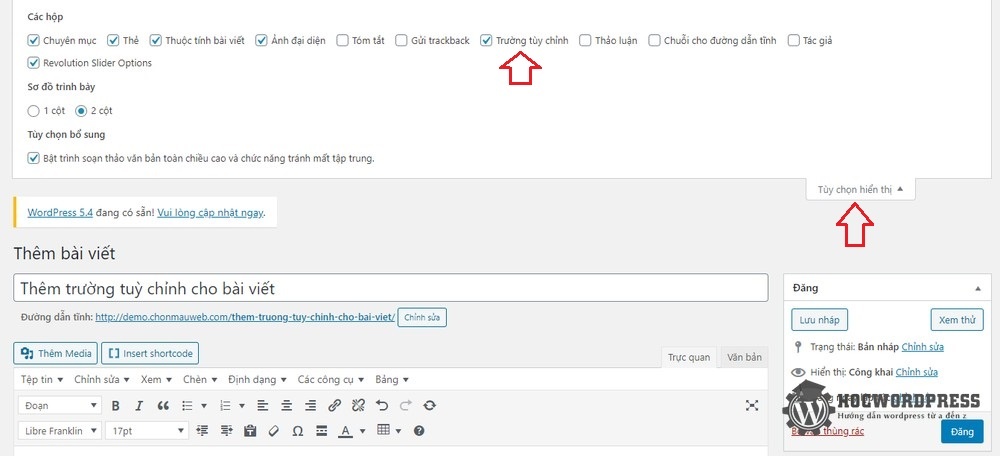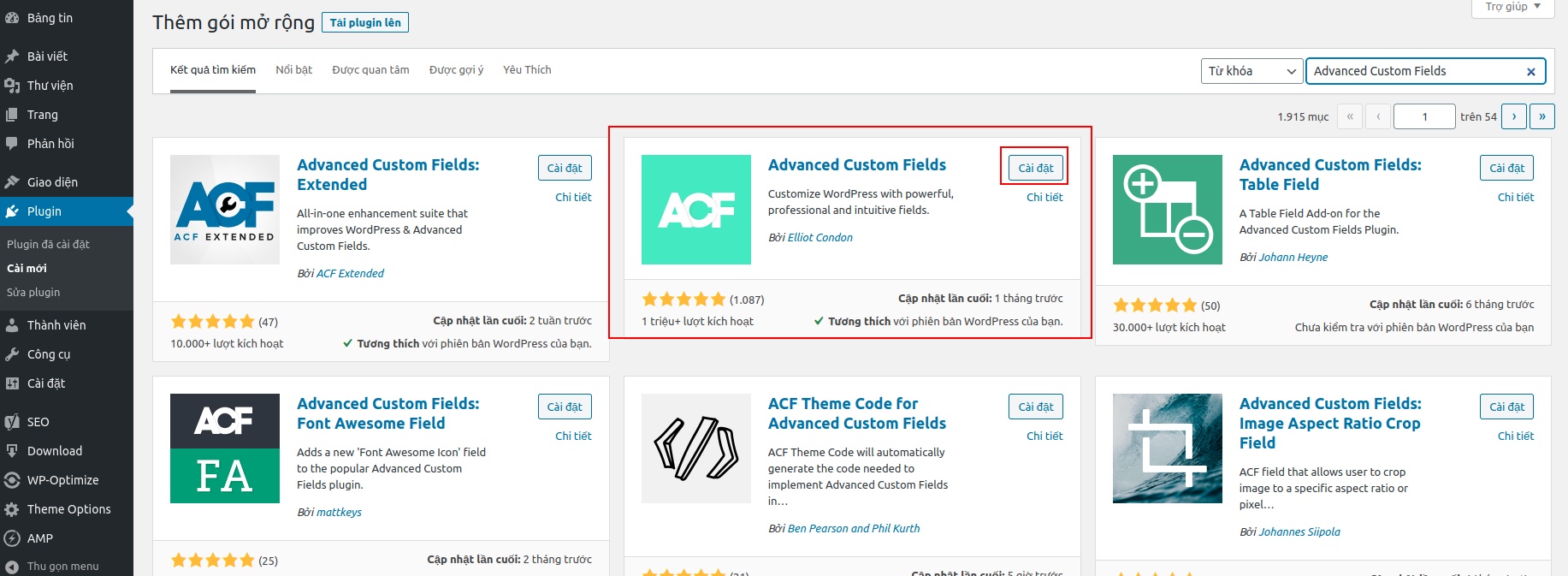Custom fields in WordPress allow users to add additional fields to posts and pages, enhancing the functionality of the website. This feature, combined with custom post types, makes WordPress a powerful CMS. Creating custom fields involves adding new fields, such as links or images, to posts and pages. Users can manually create custom fields or use plugins like ACF to simplify the process. The ACF plugin offers an easy-to-use interface for adding custom fields. To display custom fields on the front end, users can use code snippets specific to the field type, such as text, textarea, or image fields.
Continuing our journey through WordPress theme programming, let’s dive into the world of custom fields in WordPress. This nifty feature, combined with custom post types, truly sets WordPress apart as a top-notch CMS. Today, we’ll explore this powerful WordPress function.
What is a custom field in WordPress?
By default, WordPress provides fields like Title, content, thumbnail, description, link, and more for each post. But did you know you can also add new fields to cater to advanced website functions? This addition of new fields is what we call custom fields in WordPress. And guess what? This feature isn’t limited to just posts and pages—it extends to custom post types too.

Instructions for creating custom fields in WordPress
Create a custom field
Let’s walk through an example function: Displaying a link to the original article below each post. Here’s how you can set this up:
- Step 1: Head to the new post area, click on display options, and select custom field.
- Step 2: Scroll down to the custom field section, click on new entry, and enter the name and value.
- Name: Slug form without accents for identification (e.g., link-goc).
- Value: Original link of the article.
- Step 3: Click on add custom field to finalize.

And voilà! Custom field successfully added in WordPress.
Display custom field on the front end
To showcase the custom field on the frontend, pop this code snippet into the single.php file:
<?php echo get_post_meta(get_the_ID(), 'link-goc', true); ?>Here, link-goc represents the name set in the custom field input section.
But what about creating image fields or more complex fields? If you find the manual method tedious, fear not! WordPress offers a plethora of plugins to ease the process. One such plugin is ACF (Advanced Custom Fields).
Create a custom field in WordPress using ACF plugin
ACF is a top-notch plugin known for its user-friendly interface and robust field support. Let’s dive into how to use it:
- Step 1: Install the Advanced Custom Fields plugin from the plugin repository.
- Step 2: Navigate to the ACF menu in the admin dashboard and click on add new to create a custom field.
- Customize the field label, name, type (text, textarea, image, etc.).
- Add as many fields as needed based on your requirements.
- Step 3: Configure the display options under locations to specify where the custom fields should appear in WordPress.

Once set up, you’ll see the custom field in action when adding a new article—effortless and effective.
Display field on the front end
To showcase the custom field using the ACF plugin on the front end, utilize the following code:
<?php the_field('link-goc'); ?>For arrays or objects, iterate through the field values for a seamless display.
Plugin Advanced Custom Fields Pro
The Advanced Custom Fields Pro version offers enhanced features like Group, Repeat content, Gallery, and more. It’s a game-changer for those seeking advanced field functionalities in WordPress.
In a nutshell, custom fields play a crucial role in WordPress development. Whether through manual creation or using plugins like ACF, these tools simplify the process and enhance the functionality of your WordPress site.
Today’s journey through custom field functions and the ACF plugin aims to demystify WordPress theme programming, making your experience smoother and more enjoyable. Happy coding, folks!
Summary:
In today’s guide, we’ve delved into the realm of custom fields in WordPress and how the ACF plugin can streamline this process effortlessly. This fundamental WordPress function opens up endless possibilities for website customization. May this newfound knowledge pave the way for smoother WordPress theme programming adventures.
Hello, friends! 👋🏼


